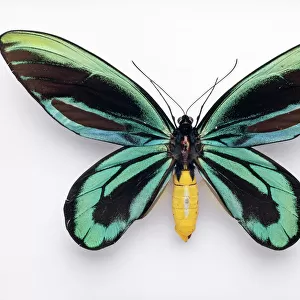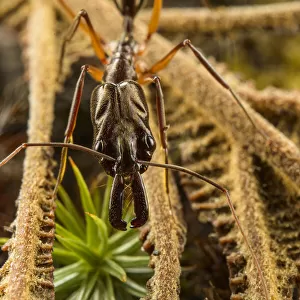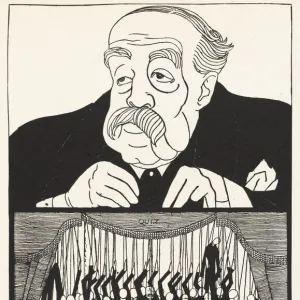Home > Animals > Insects > Butterflies > Related Images
Curtis British Entomology Plate 464
![]()

Wall Art and Photo Gifts from Mary Evans Picture Library
Curtis British Entomology Plate 464
Hymenoptera: Mesochorus sericans = Astiphromma sericans [Plant: Cuscuta epithymum (Less Dodder)] Date: 1824-39
Mary Evans Picture Library makes available wonderful images created for people to enjoy over the centuries
Media ID 23039764
© The Robin Symington Collection/Mary Evans Picture Library
1820s 1830s Butterflies Butterfly Curtis Dodder Entomology Hymenoptera Ledipotera Less Cuscuta
FEATURES IN THESE COLLECTIONS
> Animals
> Insects
> Butterflies
> Related Images
> Animals
> Insects
> Hymenoptera
> Related Images
> Mary Evans Prints Online
> New Images August 2021
EDITORS COMMENTS
This image is taken from Curtis's British Entomology, Plate 464, featuring the Hymenopteran wasp species Mesochorus sericans, now recognized as Astiphromma sericans. The wasp is depicted in its natural habitat, perched on the tendrils of Cuscuta epithymum, commonly known as Less Dodder. The intricate details of both the wasp and the plant are brilliantly captured, showcasing the exquisite artistry of the 19th century. John Curtis, the renowned British naturalist and entomologist, compiled and published this comprehensive work on British insects between 1824 and 1839. This plate, specifically, is part of the Lepidoptera and Hymenoptera series. The Hymenoptera order includes ants, bees, wasps, and sawflies, while Lepidoptera encompasses moths and butterflies. The Mesochorus sericans wasp, with its slender body and distinctive markings, is shown in the act of hunting, likely for its parasitic larval stage. The wasp's long, slender legs and elongated abdomen are well-suited for its predatory lifestyle. The plant, Cuscuta epithymum, is a parasitic vine that derives its nutrients from other plants, in this case, serving as a host for the Mesochorus sericans. This evocative print offers a glimpse into the natural world of the 1820s and 1830s, providing a fascinating insight into the intricate relationships between different species and their habitats. The meticulous attention to detail and the high-quality production techniques employed during this period are evident in this stunning image, making it a must-have for any natural history or entomology collection.
MADE IN AUSTRALIA
Safe Shipping with 30 Day Money Back Guarantee
FREE PERSONALISATION*
We are proud to offer a range of customisation features including Personalised Captions, Color Filters and Picture Zoom Tools
SECURE PAYMENTS
We happily accept a wide range of payment options so you can pay for the things you need in the way that is most convenient for you
* Options may vary by product and licensing agreement. Zoomed Pictures can be adjusted in the Cart.




